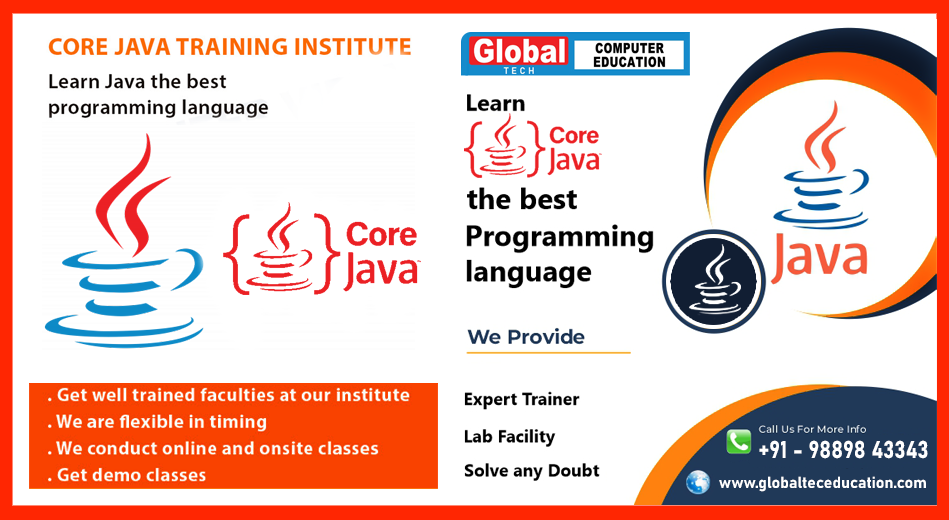

The Java Programming course is designed to provide participants with a comprehensive understanding of Java, one of the most widely used programming languages in the world.
This course covers fundamental programming concepts as well as advanced features, enabling participants to develop robust and scalable applications. Through hands-on exercises and projects, participants will gain practical experience in Java development.

Key Topics Covered:
1. Introduction to Java: